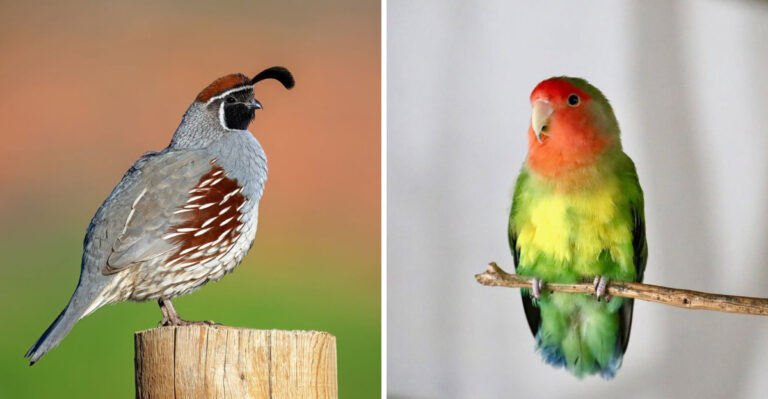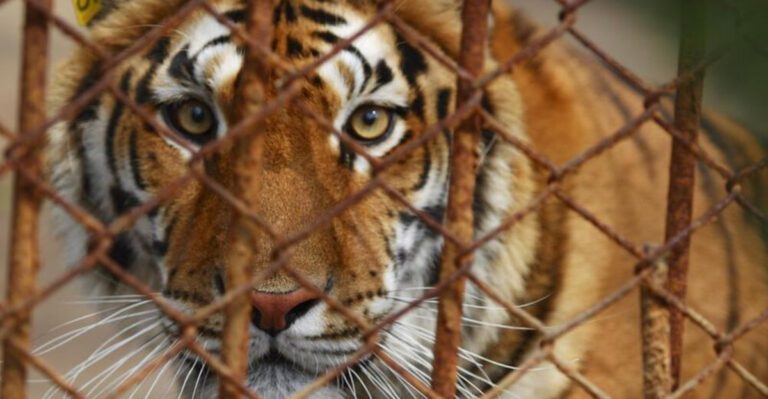12 Smart Tips To Make Your Outdoor Cat Love Indoor Life
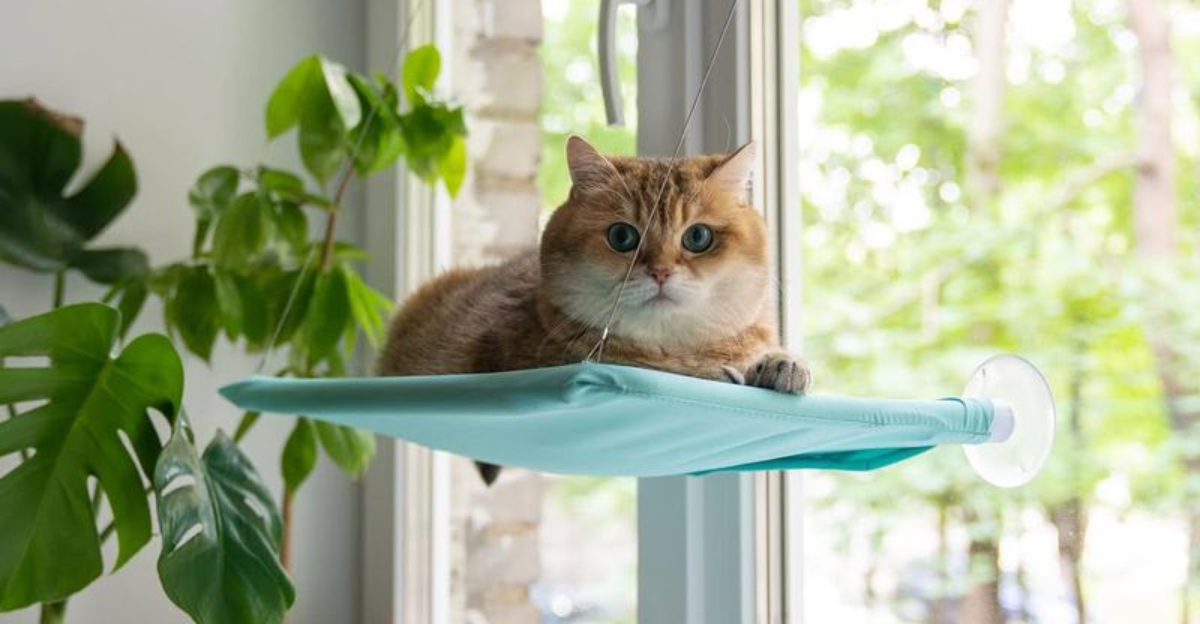
Transforming an outdoor cat into a happy indoor companion is a rewarding journey.
Cats often love the outdoors for its exciting sights and sounds, but with a few smart tips, you can make indoor life just as appealing. This guide will help you create a safe and stimulating indoor environment for your furry friend.
1. Create A Cozy Environment Indoors
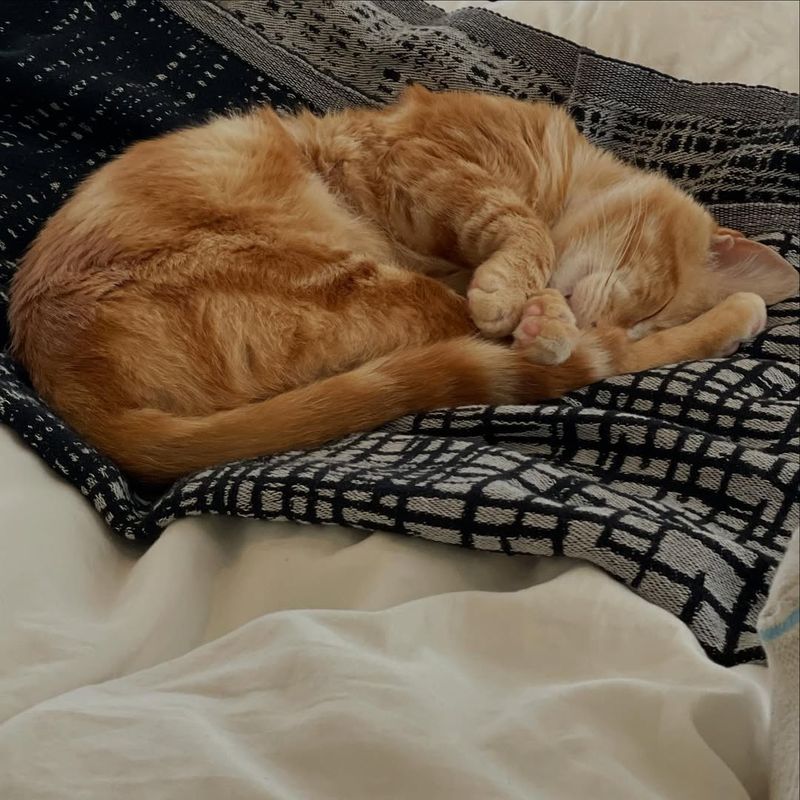
Every cat needs a sanctuary, a place to call its own. Set up a cozy area with a soft bed, a few toys, and a scratching post.
Place it near a window so your cat can enjoy the outside view from a safe distance. This cozy corner will become their favorite retreat.
2. Introduce New Toys Gradually
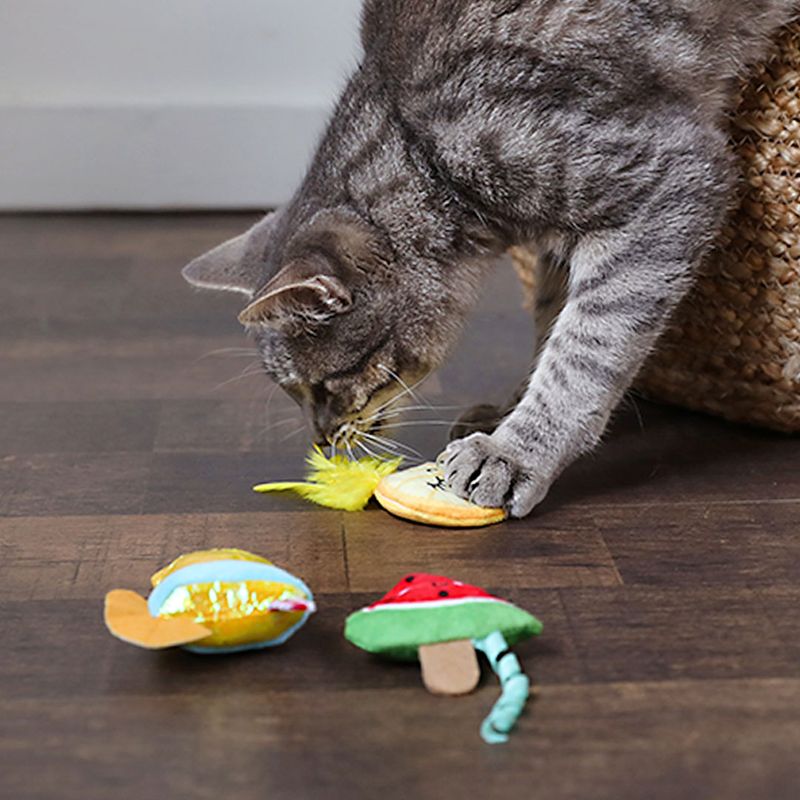
Cats are naturally curious creatures and love exploring new things. To keep indoor life exciting, introduce a variety of toys gradually.
Start with simple ones like feather wands or balls, and then try puzzle toys that challenge their minds. This variety keeps boredom at bay and stimulates their hunting instincts.
3. Provide Vertical Spaces
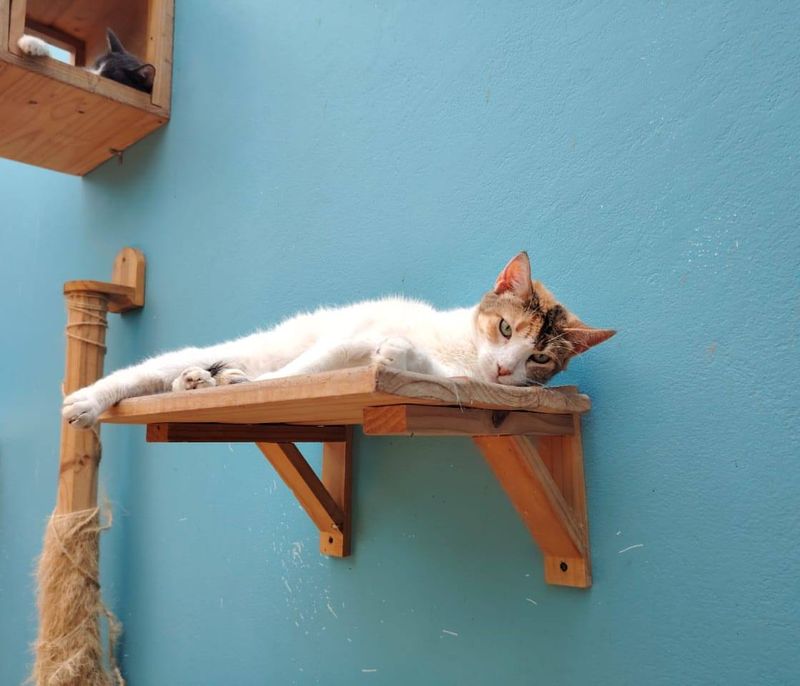
Cats love to climb and perch, and vertical spaces can make indoor life more exciting.
Install a cat tree or shelves where they can climb and observe their kingdom from above. Vertical spaces offer exercise opportunities and help in enriching their environment.
4. Establish A Feeding Routine
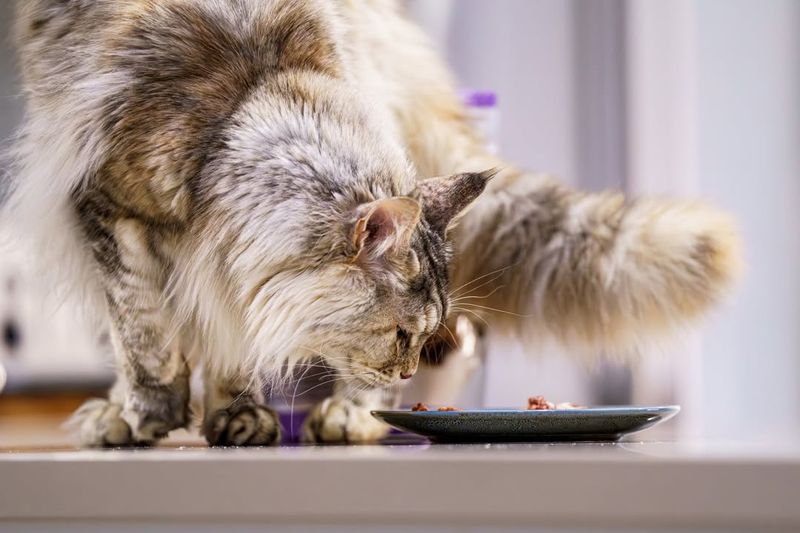
Routine is comforting for cats, especially when transitioning indoors. Establish regular meal times to give your cat a sense of predictability and security.
Include a mix of wet and dry food to keep meals interesting and ensure they get balanced nutrition.
5. Set Up A Viewing Station
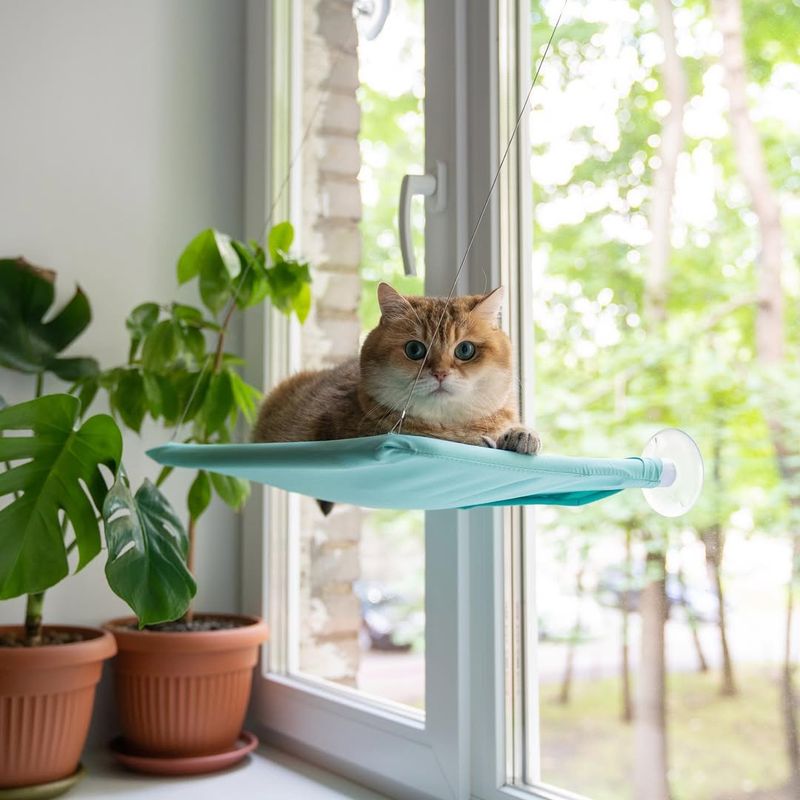
Cats love watching the world go by, so a window perch is essential.
Install a comfy perch or set up a spot next to a window where they can watch birds and the outside world. This keeps them entertained and satisfies their curiosity about outside activities.
6. Engage In Interactive Play
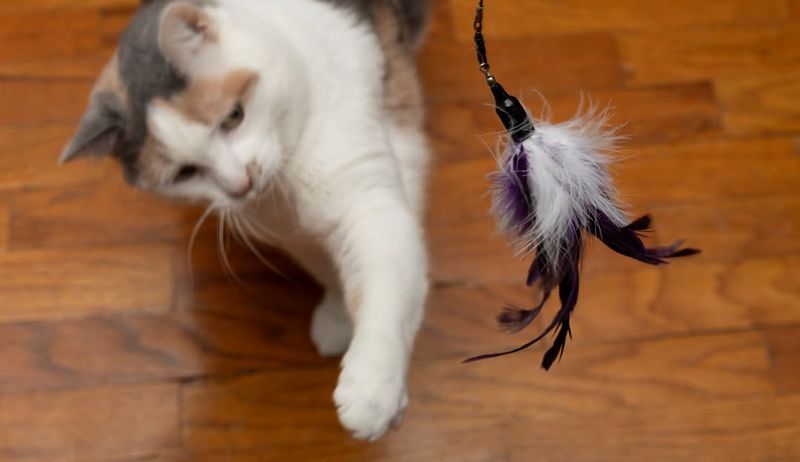
Interactive play is crucial for bonding and exercise. Spend time each day with your cat, using toys like feather wands or laser pointers to engage them in active play.
This not only strengthens your bond but also provides much-needed exercise.
7. Create A Scratching Zone
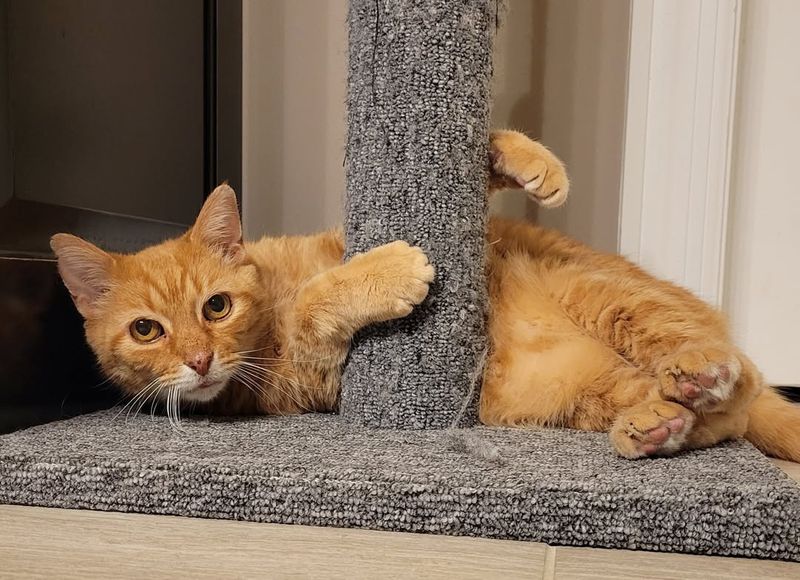
Scratching is a natural behavior, and providing a scratching area helps protect your furniture.
Set up a variety of scratching posts and boards in different textures and orientations. This keeps your cat’s claws healthy and satisfies their need to scratch.
8. Incorporate Safe Outdoor Time
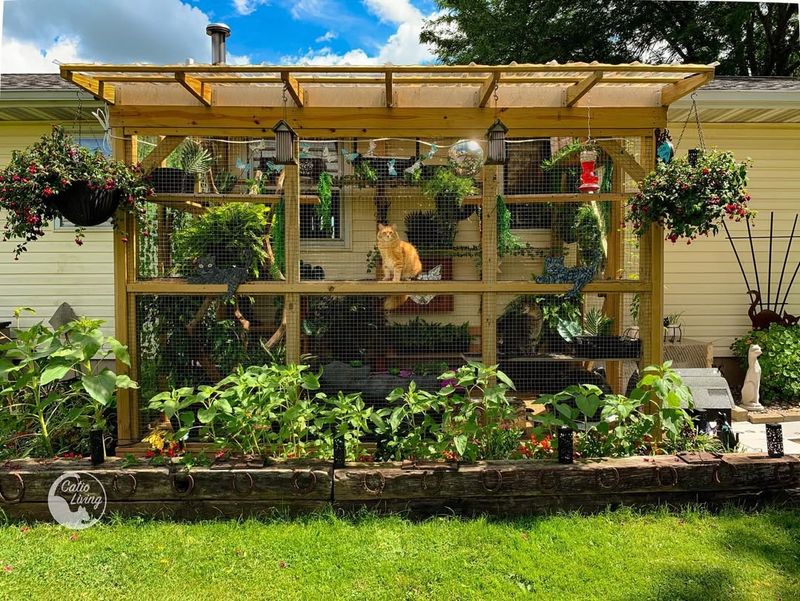
Transitioning doesn’t mean they have to miss out on fresh air. Consider safe outdoor experiences like supervised leash walks or an enclosed catio. This allows them to enjoy the outdoors safely and keeps their adventurous spirit alive.
9. Play Calming Sounds

Soft music or nature sounds can soothe cats and make indoor life peaceful.
Play calming sounds during the day to create a serene atmosphere. This can reduce anxiety and help them adjust to indoor life more comfortably.
10. Use Catnip Wisely
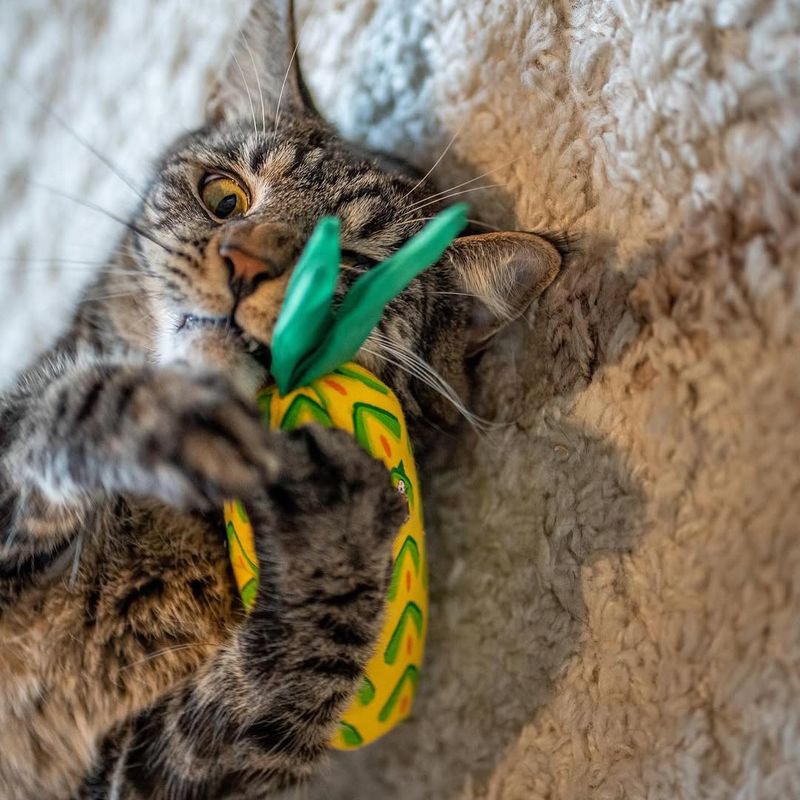
Catnip can be a delightful treat for many cats. Introduce catnip toys or sprinkle a bit on their playthings to enhance play sessions.
However, not all cats are affected, so use it wisely and observe your cat’s reaction.
11. Maintain Regular Vet Visits
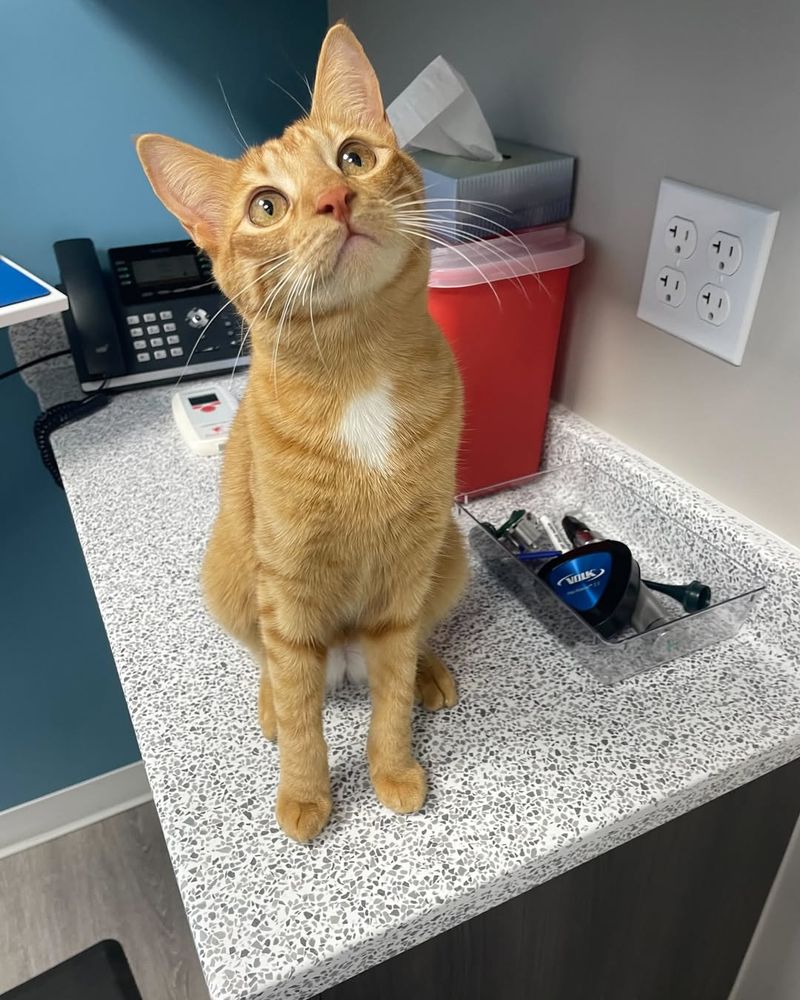
Regular vet visits are essential for indoor cats to stay healthy.
Ensure your cat is up-to-date with vaccinations and check-ups. These visits help monitor their health and catch any issues early.
12. Practice Positive Reinforcement
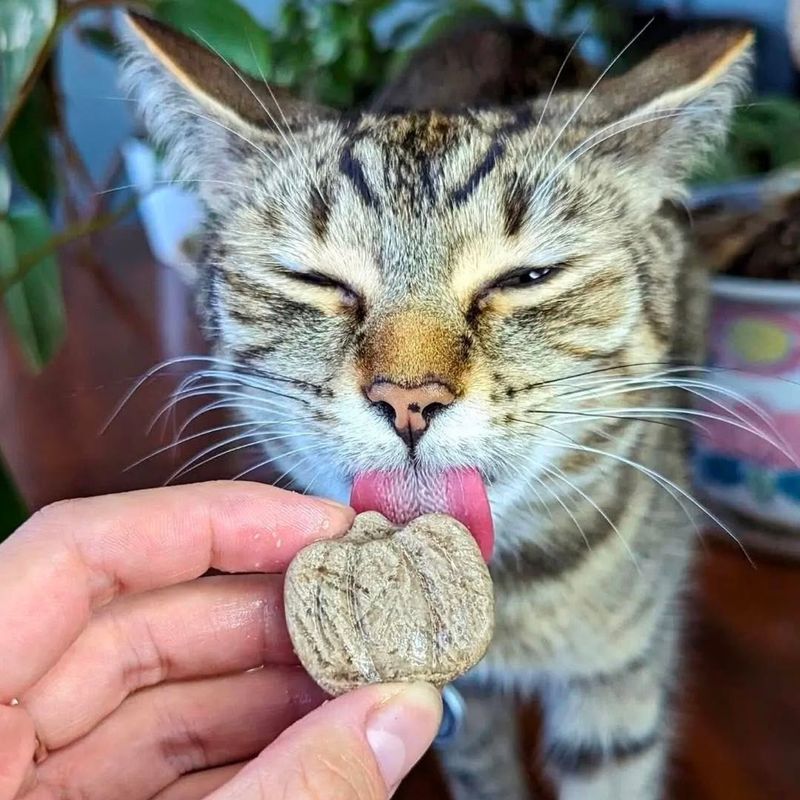
Positive reinforcement encourages good behavior and helps in training.
Reward your cat with treats or affection when they use their scratching post or litter box correctly. This reinforces their positive actions and builds a trusting relationship.




